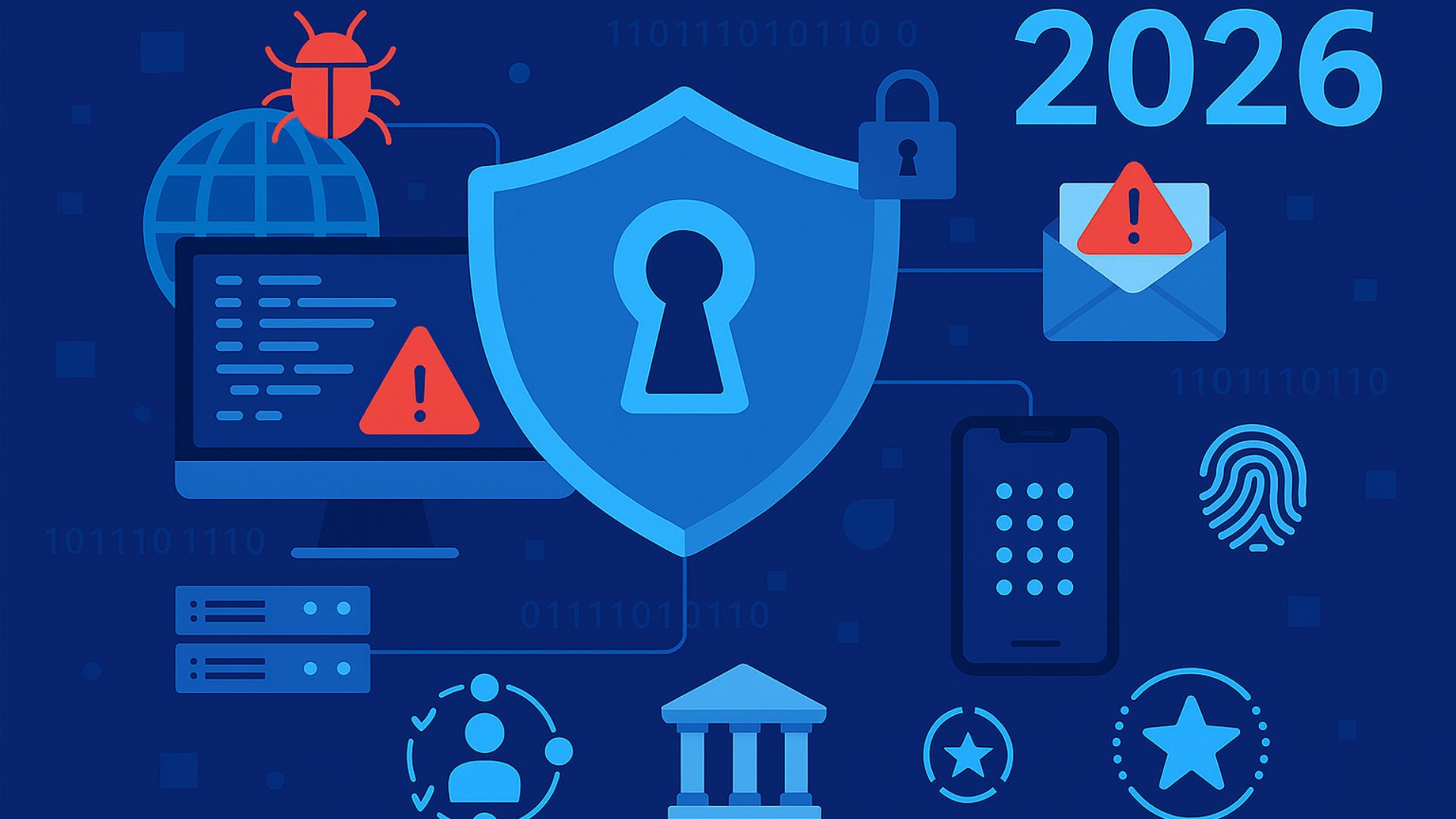The technology sector is feeling the burn(out). In response, some of your team might be quietly quitting.
Yes, the phenomenon of quiet quitting—where employees perform the bare minimum of what’s required of them—is real. Quiet quitters make up at least 50% of the workforce, according to a recent Gallup poll.
The problem spans across industries, but the technology space, which is experiencing unsustainable levels of employee burnout, could be particularly vulnerable. In fact, a survey conducted by Yerbo found that 2 in 5 IT workers surveyed show a high risk of burnout.
Why is this happening? Like many things in life, it stems largely from the effects of the COVID-19 pandemic and the rapid shift in work habits.
When the technology world moved to a remote work model, employees found themselves with a need to prove to management that they could be just as productive working from home as they could from the office. Free from the usual distractions, they hit the ground running, worked tirelessly, and did in fact show that the remote model could work.
But that type of productivity is only sustainable for so long. After all, a candle that burns twice as bright only burns half as long. At some point, the flame dies out.
We’ve reached that point. Quiet quitting is a threat to your channel organization and could severely impact your ability to service your customers if not managed effectively.
The question is, what can you do about it to ensure that your team remains engaged and productive?
1. Show Value and Communicate Often
When a person quiet quits, it’s because they’re disengaged from their work and their organization. They may no longer feel connected to the culture or that their work is recognized.
To avoid these feelings of disconnect, start by showing team members that they’re valued, and not just through monetary compensation. Consider creating a structured and unique career path for each employee that reflects their interests and strengths and shows how they can contribute to your organization.
This requires continuous communication with your team. Proactively reach out about their concerns and goals. Keep them informed of how they’re doing as they progress toward those goals, both verbally and through written communication.
Be careful not to overburden them or yourself with time-consuming meetings, however. If someone’s quiet quitting, chances are they’re already overworked and burnt out. Schedule a weekly 15-minute videoconference to do a quick check-in.
2. Set Clear and Specific Objectives
Success for both your business and your employees depends on setting clear and specific performance objectives and sharing them with each individual. This way, they won’t be working toward an hourly goal. Instead, they’ll understand how their work impacts the organization. Then you can measure their output—not micromanage their hours—to ensure they’re hitting their metrics.
It’s important to recognize them when they reach—and hopefully exceed—their objectives. Consider showcasing the work they’re doing and highlighting their successes.
For instance, my company has instituted a program inviting people to create one-page overviews that illustrate the work they do every day and how it impacts our customers. Those overviews are shared with the entire organization so that everyone is aware of the great work being done by individuals at all levels of the company. It’s an effective way to show the value that people bring and give each person some well-deserved recognition.
3. Measure Output, Not Time
How do you know if your employees are hitting their objectives? By measuring their output, not effort or number of hours worked. After all, quiet quitting is all about how people are spending their time. Are they spending it being productive, or are they just getting by?
While you don’t want people working longer, or even harder, you do need them to work smarter. Quantifying this can be challenging. A good starting point is employing time-tracking software that associates employees’ time with units worked, such as service requests handled, help tickets managed, etc.
Apply this practice throughout your organization as much as possible. Start small by measuring the output of employees’ project-based work, which tends to have a definitive start and end date, and work forward from there.
Whatever strategies you employ, make sure they are all designed to foster personal connections with each member of your team, especially if they’re working remotely. Use all the tools you have at your disposal, including messaging, videoconferencing applications, and even old-fashioned text messaging. Because sometimes simply reaching out can keep someone engaged, productive, and feeling valued, making them far less inclined to quiet quit.
GREG YARRINGTON is chief operating officer at ECI, provider of managed services, technology solutions, and business transformation to the investment management industry. Yarrington leads the service delivery functions, responsible for global technology services, service desk, and client technology management. He brings more than 25 years of technology leadership experience to ECI, including running both managed services and managed security services organizations. Prior to joining ECI, he served as COO at Nuspire where he was responsible for service delivery and operations.













